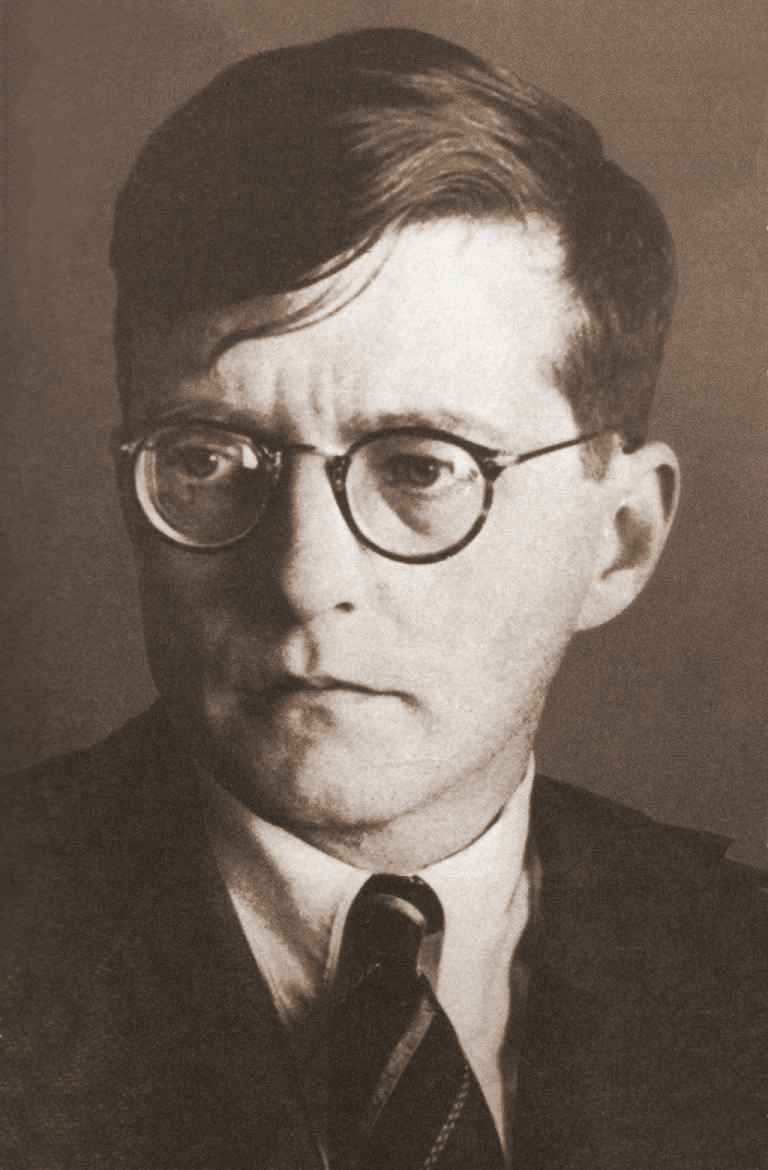In 1936, after a performance of “Lady MacBeth of the Mtsensk District,” an article in “Pravda,” the Russian newspaper of the time, publically denounced Shostakovich. The article, often attributed to Joseph Stalin, entitled “Muddle or Music,” claimed that Shostakovich had “missed the demands of Soviet Culture to banish crudity and wildness from every corner of Soviet life.” It went on to say, “The danger of this tendency in Soviet music is clear. Leftist ugliness in opera is growing from the same source as leftist ugliness in painting, poetry, pedagogy, and science. Petit bourgeois ‘innovation’ is leading to a gap away from true art, science … literature.”
During this time period in Soviet history, all art was expected to fit within the confines of Socialist Realism. Socialist Realism dictated that everything be in support of Communism. Music and art were to enhance and support the government, not cause tension or spur acts of rebellion.
Shostakovich feared for his life, as artists who flew in the face of social norms often found themselves executed or banished. Perhaps the only thing that saved him was the fact that in the early 1930’s Shostakovich had written a score to a movie entitled “Counter Plan,” which was released for the 15th anniversary of the October Revolution. One song from that score, “The Morning Greets Us,” gained international acclaim and became the first Soviet song to be considered a hit. This is perhaps the only thing that saved Shostakovich from a gruesome fate.
Composed between April and July of 1937, the 5th Symphony was Shostakovich’s response to the events of the year before. Premiered on November 21, 1937, it was received with thunderous applause that lasted more than half an hour.
Shostakovich had no choice but to claim that the piece was nationalistic in nature. In fact, Shostakovich likely viewed the piece as his chance to regain favor with the Communist party. The last movement quotes a song Shostakovich wrote earlier in the 1930’s, based on a poem by Pushkin, which deals with rebirth. Later on in his memoirs, however, he explained that he wrote the piece in direct response to the persecution and oppression that existed under Stalin’s rule. Since the time of its premiere this symphony has become one of the staples of the classical repertoire and is considered one of the greatest works of the 20th century.
As you listen, you will hear moments of terror, pain, pleading, and downright despair; but out of these moments, Shostakovich gives us wonderful glimpses of hope and in the last movement a feel of redemption and even victory.
Symphony No. 5 in D Minor
Op. 47
Composed in 1937
By Dmitri Shostakovich






